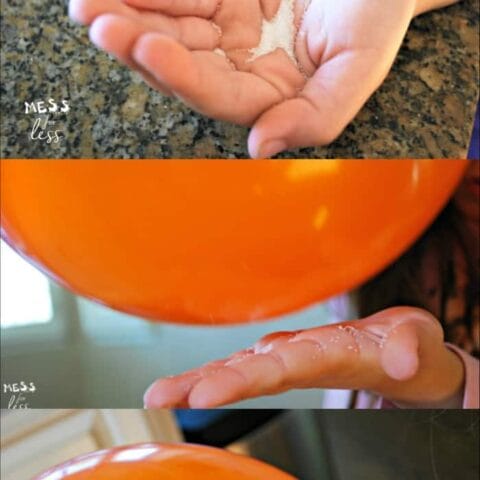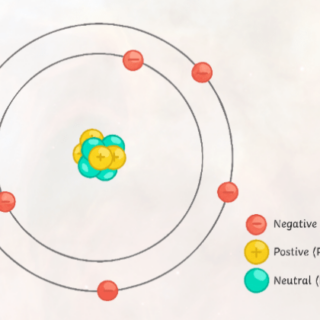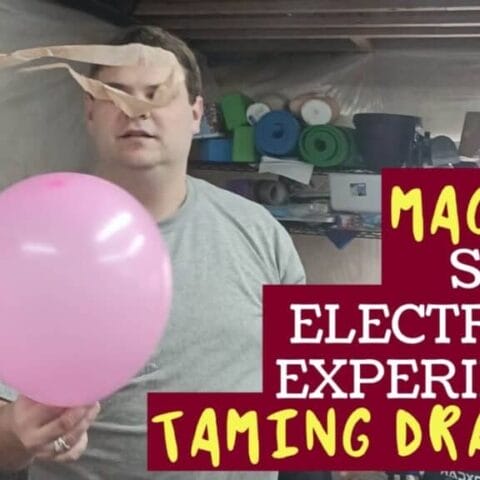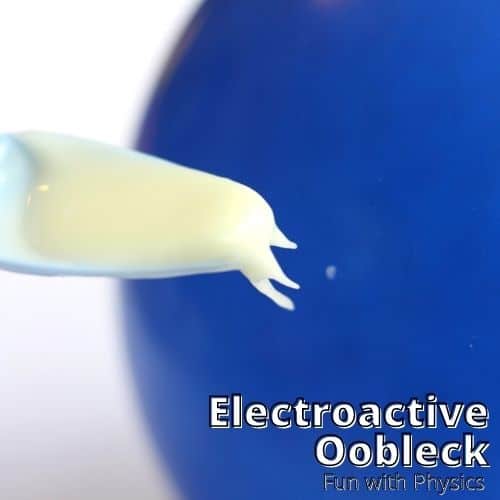National Static Electricity Day (January 9)
Check out the weird holiday National Static Electricity Day on January 9. Learn the history of static electricity, and get ideas on how to celebrate.

One weird holiday on January 9 is National Static Electricity Day. Check out the other weird January holidays!
History of National Static Electricity Day
All of us have been shocked by static electricity at one time or another – it’s been around since the dawn of time! It may be shocking to learn, however, that we have no idea where this weird holiday originated from.
The first person to talk about static electricity was the Greek philosopher Thales of Miletus. He was cleaning his amber one day and discovered that small dust particiles would stick to it whenever it was rubbed.
300 years later, Theophrastus (another Greek philosopher) would observe this same phenomenon that he called the “power of attraction” by rubbing different stones together.
In the 17th century, once the word “electricity” had been introduced, the German scientist Otto von Guericke began to research static electricity. Benjamin Franklin also did research into static electricty as it appeared in storms, and the French physicist Charles-Augustin de Coulomb also looked into static electricty as well.
Michael Faraday (for whom the Faraday cage is named) discovered that electricity from a magnet is the same as static electricity, as well as voltaic electricty from a battery.
The way static electricity works is by rubbing one object against another. The static electricity that gets produced is a result of the positive and negative charges of the atoms being out of balance. While some materials – aka insulators – hold tightly to their electrons (like plastic, cloth, or glass), other materials – aka conductors – have electrons that move about more freely.
When two insulators are rubbed together, electrons are transferred between the two, causing one to have a positive charge and the other to have a negative charge. Since opposites attract, when the two become near each other, they cause the static electricity to be discharged as it rebalances, and you get a static shock.
Ideas for National Static Electricity Day
Other than creating your own static electricity on accident, here are some ideas on how to celebrate today!
Jumping Tinsel Static Electricity Christmas Experiment
Have you ever rubbed a balloon vigorously against your clothes and stuck it to a wall? This is called static electricity, and it is an awesome science experiment that doesn’t require a whole lot of supplies. Here’s a fun Christmas theme twist on a simple static electricity experiment for you to do on Static Electricity Day. Just get some of your old tinsel left over from the holidays!
Static Electricity Experiment
This simple static electricity experiment is a hit for kids! You'll enjoy experimenting on National Static Electricity Day with this fun activity!
Static Electricity Guide for Kids
Learn all about Static Electricity with this free guide for kids! You can even download the free worksheets for extra practice. It's a great educational way to celebrate National Static Electricity Day!
Static Electricity Experiment for Kids – Tame a Dragon with Magic
Can you tame a dragon with magic? Well, find out on National Static Electricity Day as you learn about static electricity and tame some dragons using science (rather than magic – although it will seem like magic).
Electric Cornstarch Experiment
It’s alive! This cornstarch slime is a fun twist on the classic oobleck recipe. Borax free and non-toxic, combine hands-on sensory play with some fun science. Electric cornstarch is perfect as an experiment to demonstrate the power of attraction on National Static Electricity Day (between charged particles that is!)
4 Ways To Reduce Static Electricity In Your Dog’s Fur
Does your dog's fur get too much static electricity? Shocks happen to most of at this time of the year but there are ways to reduce the zapping going on! This year on National Static Electricity Day, learn how to get rid of that extra zap in your dog's fur.
Pin it!
Share this post about static electricity on Pinterest!







